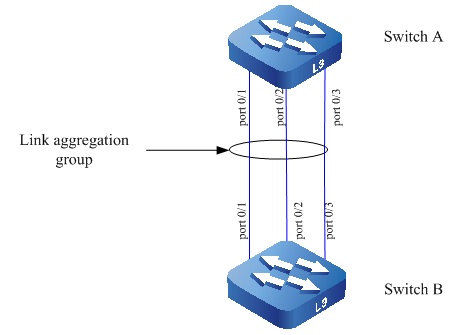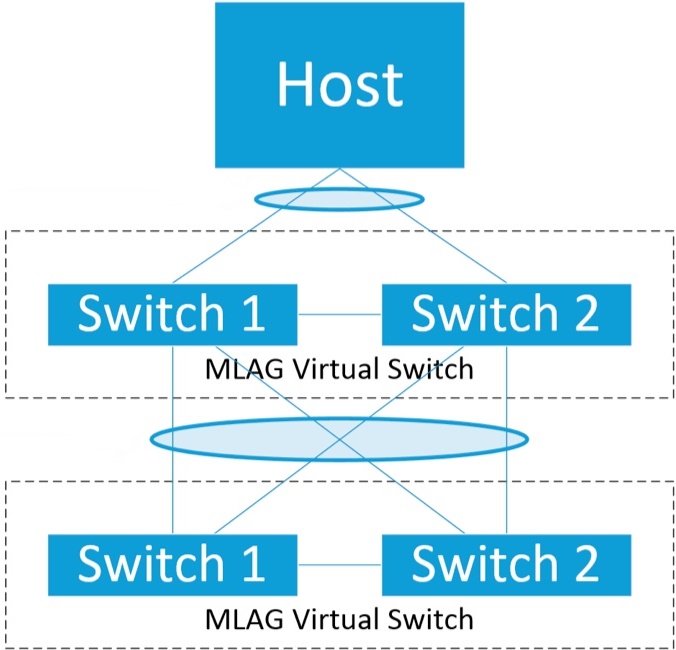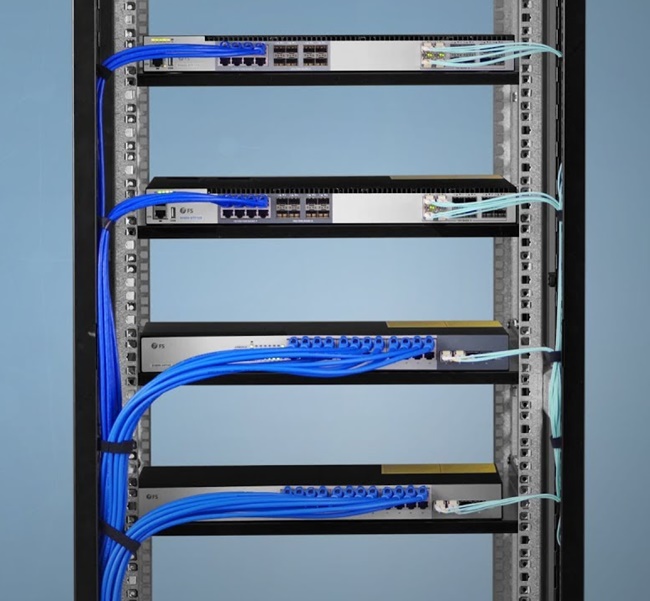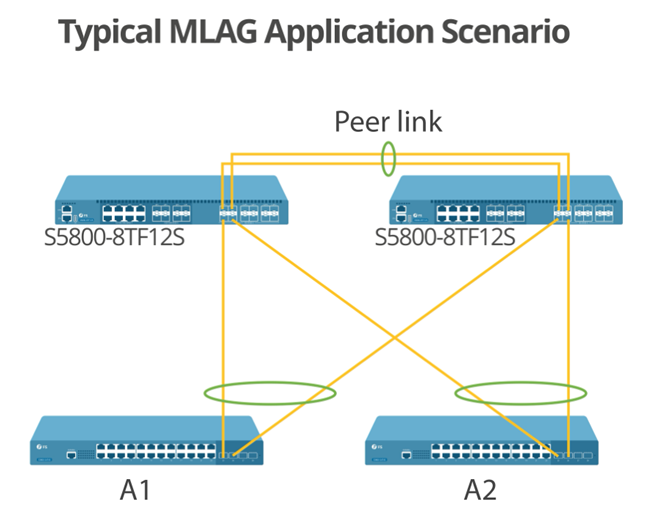In recent years, networking has witnessed a rapid development. Enterprises have been equipped with the hyper-converged infrastructure. It is no wonder they are hunting for solutions to meet the next generation Metro, Data Center and Enterprise network requirements. In this post, we will introduce one of the most popular solutions to enhance the network capacity: MLAG.
An Overview of MLAG
Before we breaking down the MLAG, it’s better to begin from its forerunner: LAG.
LAG (link aggregation) refers to a technique, parallelly combining multiple Ethernet links into a single logical link. For example, having a 10G SFP+ switch, you can wire all its ports with a device that has equal numbers of ports. By thus doing, the link aggregation group (LAG) is formed. Then you are able to get a single high-bandwidth data path.

Figure 1: LAG (Link Aggregation) Flow
MLAG, called multi-chassis link aggregation, is an extension of LAG. It adds a multi-path capability to traditional LAG. The multi-chassis link aggregation allows a device, like a host or downstream switch to aggregate its ports as one logical port while uplinking them to two different receivers (usually the switches) in a “V” pattern. Also, the two receivers could connect to two another receivers using the multi-chassis link aggregation with all links forwarding, which can be configured as the MLAG domain.

Figure 2: MLAG Flow
Why MLAG Is Needed?
After a basic idea about the multi-chassis link aggregation, we will have a clear vision about the MLAG advantage. That’s the answer why many seasoned technicians recommend this solution.
- The network traffic can be evenly distributed by aggregating multiple Ethernet ports across two switches.
- The bandwidth will be increased after bundling more links into the LAGs.
- The network efficiency gets improved. Especially, if one link fails, the traffic can be forwarded through the other available link and the logical aggregated link remains in the up state.
- Offers stability with dual management and control planes
- Able to upgrade one switch at a time without affecting other devices
- Improves network resiliency and reduces network downtime as well as expenses.

Figure 3: MLAG Application
How to Configure MLAG?
In this part, we will briefly introduce the procedures to configure multi-chassis link aggregation with single-tier on a pair of layer2/3 Ethernet switches, such as the S5800-8TF12S 12-port 10Gb switch. With the support for advanced features, including MPLS, IPv4/IPv6, SFLOW, SNMP, this switch is an ideal choice for the multi-chassis link aggregation of the 10G network.
Step 1: Create the inter-switch connection (ISC) VLAN for carrying the multi-chassis link aggregation control traffic. Just as the following figure shows, you need to make the virtual switches A1 and A2 in 10G uplinks with the two S5800-8TF12S switches separately.
Step 2: Create and configure the multi-chassis link aggregation peer. That means you need to wire the two S5800-8TF12S switches together. At here, the two S5800-8TF12S switches act as a logical entity, which forms the peer link. One switch will be acted as the master and the other will be the slave. After the configuration, they can synchronize info through peer link in a real time.
Step 3: To go further to MLAG + MLAG configuration, the switch A1 or A2 can also be linked to the other two switches. In that way, the 4x10G uplink bandwidth can be achieved.
Step 4: Verification. After finishing all the above steps, you still have to verify that the multi-chassis link aggregation group has been created and is working properly.

Figure 4: Typical MLAG Application Scenario
Summary
From the above configuration, we can see that the multi-chassis link aggregation is one of the good solutions to improve your network bandwidth and performance. As for the other solution for multiple fiber switches connecting, you can refer to this article: MLAG vs VPC: What’s the Difference?